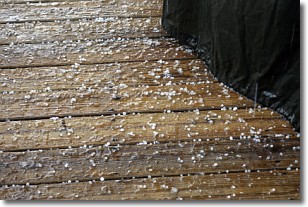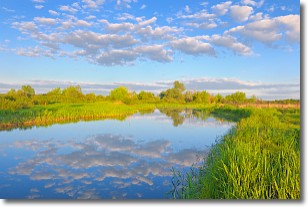Weather Alert in Texas
Flood Advisory issued August 29 at 1:24PM CDT until August 29 at 3:15PM CDT by NWS Shreveport LA
AREAS AFFECTED: Gregg, TX; Harrison, TX; Marion, TX; Upshur, TX
DESCRIPTION: * WHAT...Flooding continues caused by earlier excessive heavy rainfall. * WHERE...A portion of northeast Texas, including the following counties, Gregg, Harrison, western Marion and Upshur. * WHEN...Until 315 PM CDT. * IMPACTS...Flooding in low-lying and poor drainage areas. Water over roadways. * ADDITIONAL DETAILS... - At 121 PM CDT, While the heavy rainfall has ended across the advisory area, Doppler radar indicated widespread 2 to 6 inches of rain with isolated higher amounts has fallen. Overflowing poor drainage areas have already caused flooding in the advisory area. - Flooding impacts will continue, but no additional rainfall is expected. - Some locations that will experience flooding include... Longview, Marshall, Kilgore, White Oak, Gladewater, Gilmer, Hallsville, Ore City, Clarksville City, East Mountain, Harleton, Diana, Cedar Springs, West Mountain, Woodlawn, Liberty City, Elysian Fields, Lakeport, Scottsville and Union Grove. - http://www.weather.gov/safety/flood
INSTRUCTION: Turn around, don't drown when encountering flooded roads. Most flood deaths occur in vehicles. Be aware of your surroundings and do not drive on flooded roads.
Want more detail? Get the Complete 7 Day and Night Detailed Forecast!
Current U.S. National Radar--Current
The Current National Weather Radar is shown below with a UTC Time (subtract 5 hours from UTC to get Eastern Time).

National Weather Forecast--Current
The Current National Weather Forecast and National Weather Map are shown below.

National Weather Forecast for Tomorrow
Tomorrow National Weather Forecast and Tomorrow National Weather Map are show below.

North America Water Vapor (Moisture)
This map shows recent moisture content over North America. Bright and colored areas show high moisture (ie, clouds); brown indicates very little moisture present; black indicates no moisture.

Weather Topic: What is Sleet?
Home - Education - Precipitation - Sleet
 Next Topic: Snow
Next Topic: Snow
Sleet is a form of precipitation in which small ice pellets are the primary
components. These ice pellets are smaller and more translucent than hailstones,
and harder than graupel. Sleet is caused by specific atmospheric conditions and
therefore typically doesn't last for extended periods of time.
The condition which leads to sleet formation requires a warmer body of air to be
wedged in between two sub-freezing bodies of air. When snow falls through a warmer
layer of air it melts, and as it falls through the next sub-freezing body of air
it freezes again, forming ice pellets known as sleet. In some cases, water
droplets don't have time to freeze before reaching the surface and the result is
freezing rain.
Next Topic: Snow
Weather Topic: What are Stratocumulus Clouds?
Home - Education - Cloud Types - Stratocumulus Clouds
 Next Topic: Stratus Clouds
Next Topic: Stratus Clouds
Stratocumulus clouds are similar to altocumulus clouds in their
fluffy appearance, but have a slightly darker shade due to their additional mass.
A good way to distinguish the two cloud types is to hold your hand out and measure
the size of an individual cloud; if it is the size of your thumb it is generally
an altocumulus cloud, if it is the size of your hand it is generally a
stratocumulus cloud.
It is uncommon for stratocumulus clouds to produce precipitation, but if they do
it is usually a light rain or snow.
Next Topic: Stratus Clouds
Current conditions powered by WeatherAPI.com




